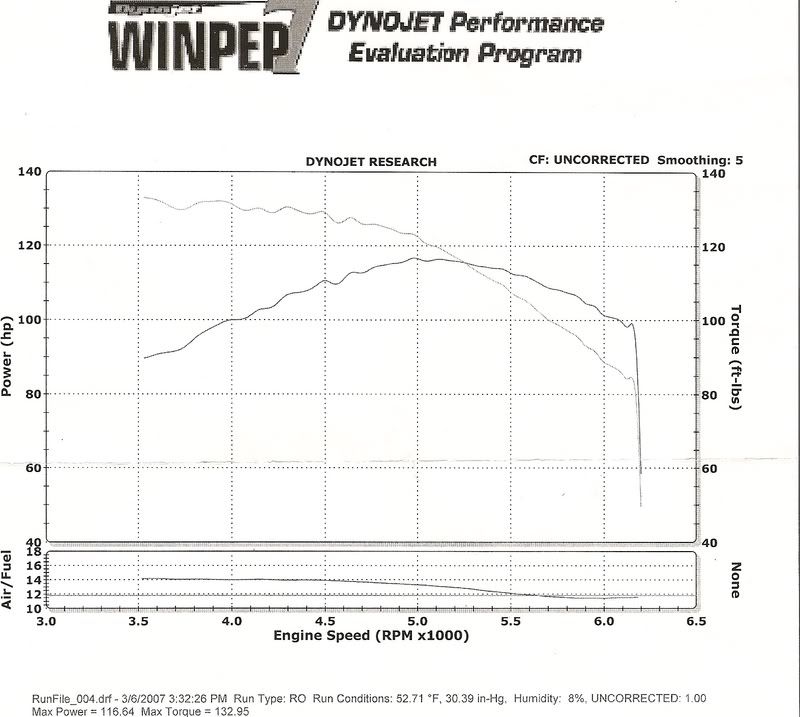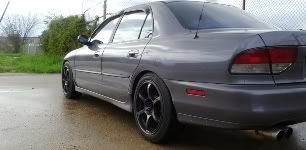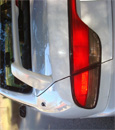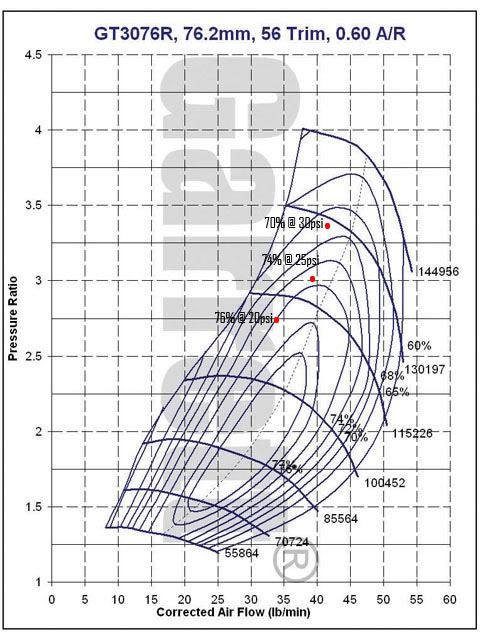For the lower IC piping I used the Dejon Tool j-pipe which is almost a 180, to a 90* pipe to another 90* pipe to a third 90* pipe. For the uppder I used the stock tb elbow off a 1g, a 45* to another 45* to a 90* to the FMIC. All straight couplers, bends are all in the pipes.
 Log in
Log in Register
Register




 Reply With Quote
Reply With Quote



 RIP
RIP



 1997 Mitsubishi Galant DE
1997 Mitsubishi Galant DE










Bookmarks